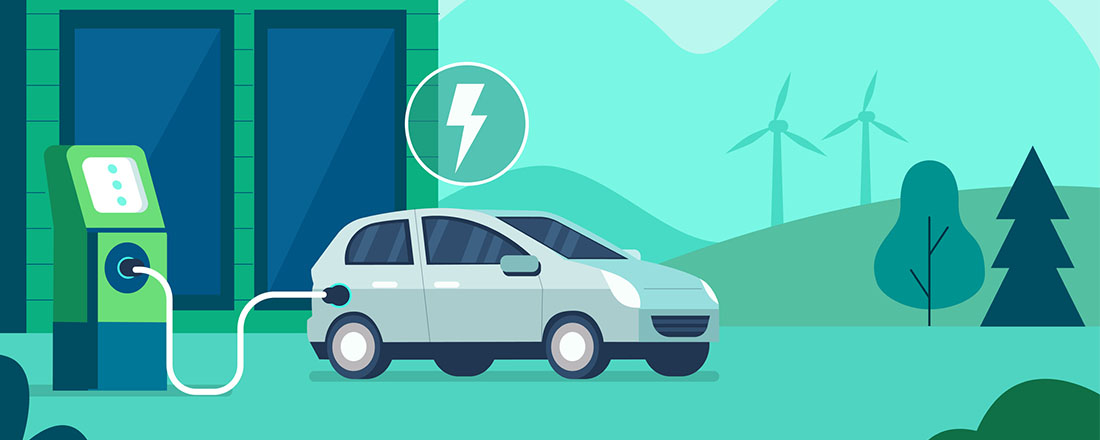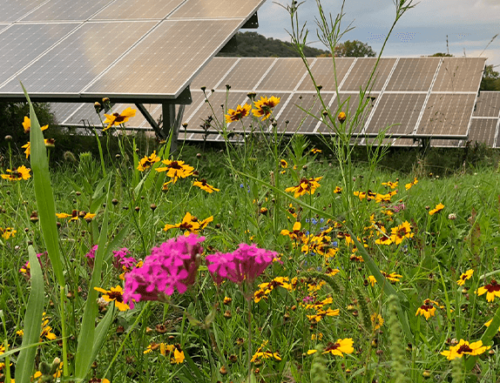With lowered prices and increased incentives, electric vehicles (EVs) are becoming a more compelling option for everyday drivers. EVs can help you save money on gas and repairs while helping the environment. If you’ve decided to switch, here are three steps for a smooth transition.
1. Decide what model is right for you.
The two basic types of EVs are battery EVs (BEVs), which run solely on electricity, and plug-in hybrid EVs (PHEVs), which run on electricity and use gas as backup. Current EV models include sedans, coupes, SUVs, hatchbacks, and crossovers. EV minivans and truck models are also expected in the next two years. This EV Savings Calculator compares models to help you find a vehicle that matches your budget and lifestyle.
2. Look into charging options.
You can charge your EV at home with Level 1 charging in any standard outlet, or you can upgrade to a 240-volt outlet (which most large appliances like ovens and dryers use) for faster Level 2 charging. If you can’t charge at home, look for one of the 400+ public EV charging stations across MCE’s service area. For more information on the different types of home charging available, see our recent blog post, Answers to 8 FAQs about Charging Electric Vehicles at Home.
3. Check out the available incentives.
A variety of EV incentive programs can help you reduce the up-front cost of a purchase or lease. Drive Clean Bay Area offers incentives and resources for switching to an EV. Its preferred pricing program is open now through December 5th, offering big discounts on EVs in addition to government rebates.
MCE also offers incentives to income-qualified customers.
Switching to an EV is easier than it seems. We hope these steps will get you started on the path to a zero-emission future.






